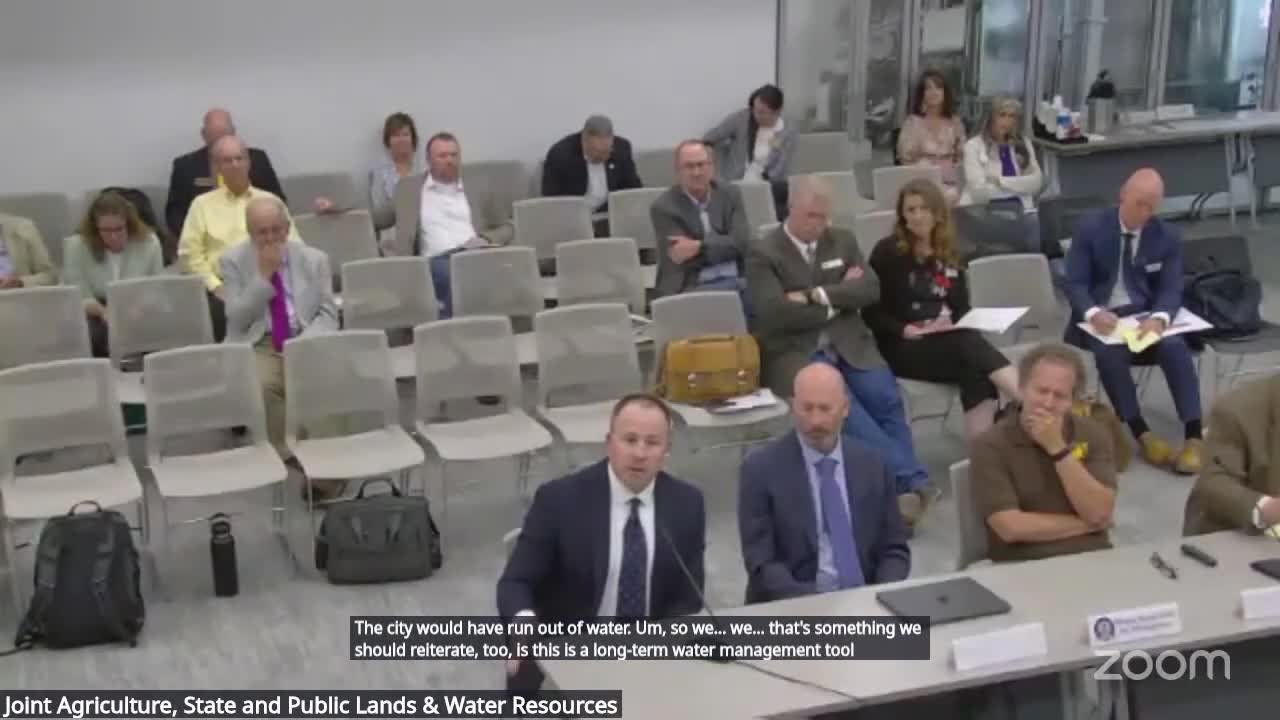
This article was created by AI using a video recording of the meeting. It summarizes the key points discussed, but for full details and context, please refer to the video of the full meeting. Link to Full Meeting
One expert, with over 15 years in the cloud seeding industry, expressed confidence in the practice, stating, "This is helpful. You think this is a benefit to the country, to the farmers, to the agriculture community, to the land itself." Despite some skepticism from the public, he noted that many who initially doubted cloud seeding became supporters once they understood the science behind it. "Water is important," he emphasized, echoing sentiments heard across various states, including Texas and Utah.
However, the conversation was not without caution. Another expert urged a more measured approach, highlighting the complexities of environmental conditions that affect cloud seeding's effectiveness. "The physics is the same, but the environmental conditions change," he explained, stressing the need for further research to quantify the long-term impacts of cloud seeding on both targeted and surrounding areas.
The committee acknowledged the necessity of ongoing studies, particularly from institutions like the University of Wyoming and the National Center for Atmospheric Research. These studies aim to provide clearer insights into how much additional water cloud seeding can generate and its broader implications for the environment.
As the meeting concluded, the experts left the committee with a sense of urgency to continue exploring cloud seeding's potential benefits while remaining vigilant about its environmental impacts. The discussions underscored a critical intersection of science, agriculture, and public policy, with the future of Wyoming's water resources hanging in the balance.
Converted from Joint Agriculture, State and Public Lands & Water Resources, August 28, 2025 - PM meeting on August 29, 2025
Link to Full Meeting
Comments
View full meeting
This article is based on a recent meeting—watch the full video and explore the complete transcript for deeper insights into the discussion.
View full meeting